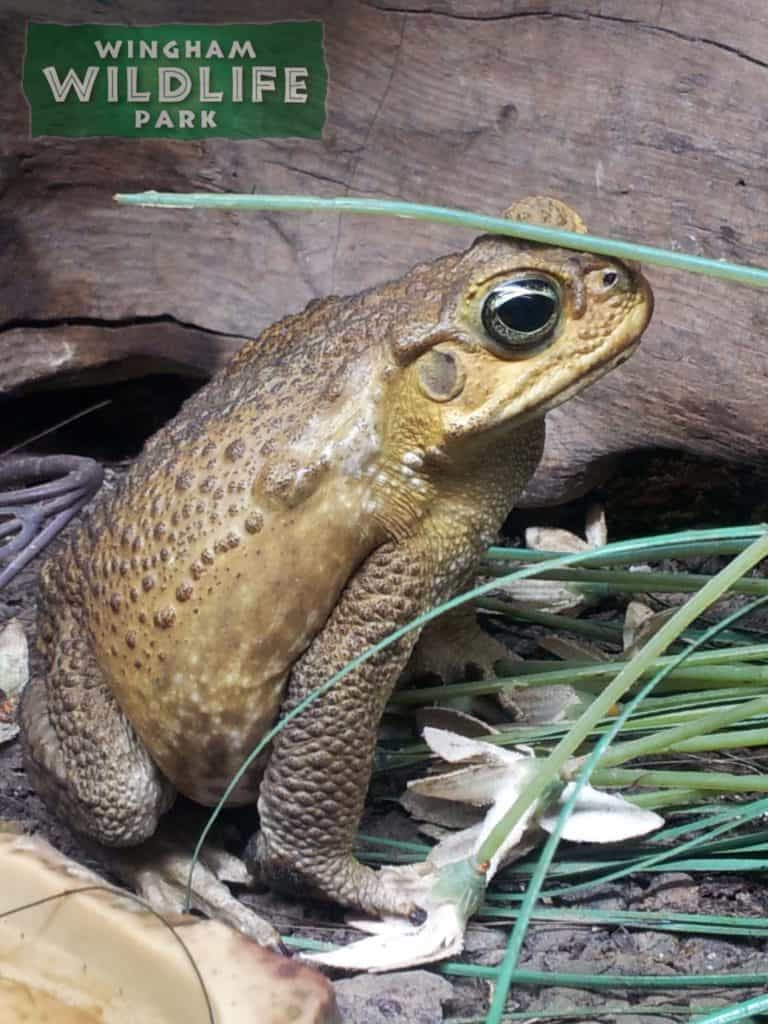
Cane Toad Natural History
Size
The average length of this toad is 10 to 15 cm, however they have been recorded at lengths of up to 38 cm.
Habitat and Distribution
This species can be found throughout a variety of different habitats through the Americas, stretching from Texas down to Peru and Central Brazil. However this species has been introduced to various other countries including Barbados, Jamaica, Puerto Rico, French Guiana, Papua New Guinea, parts of Japan, Fiji, Hawaii, Florida and most famously Australia. Through its range it can be found in any habitat from semi-arid rocky land through to tropical rainforest.
Age
In the wild they are thought to live for between 5 and 10 years. However, captive reports have claimed for them to live until they are around 40 (although 15 to 25 seems to be a more commonly accepted average lifespan in captivity).
Diet
This species is a voracious feeder which will eat many different prey items including insects and small mammals.
Groups and Breeding
In some areas these toads can be found in vast concentrations, with literally thousands inhabiting the same place. Males will grip the females to fertilise her eggs, which she lays in jelly strings reaching up to 60 feet in length and containing between 8,000 and 25,000 eggs. These eggs hatch in to tadpoles after just 2 days, with the metamorphosis in to toadlets happening anywhere between 12 and 60 days later (depending on environmental conditions).
Threats
This species is not threatened because it is an incredibly prolific breeder, which in turn means that in fact they pose a threat to other endemic wildlife in introduced areas (through taking up their food source and killing animals which eat them due to the toxins in their skin). They seem to be almost impossible to control even though they are killed for many reasons including the production of fertiliser and leather.
Interesting Facts
In its natural range this toad is preyed upon by many animals including caiman, catfish and various birds of prey, however in its introduced range the predators cannot deal with the toxins which this species secretes and many predators die after eating them. Another name for the Cane Toad is the Marine Toad.
The Cane Toad During Your Day Out in Kent
At Wingham Wildlife Park we have a mixed group of this species on display in the Reptile House opposite our Blue-tongued Skinks.
The more you know…
Want to know more about this animal? Check out our keeper blogs about them here.